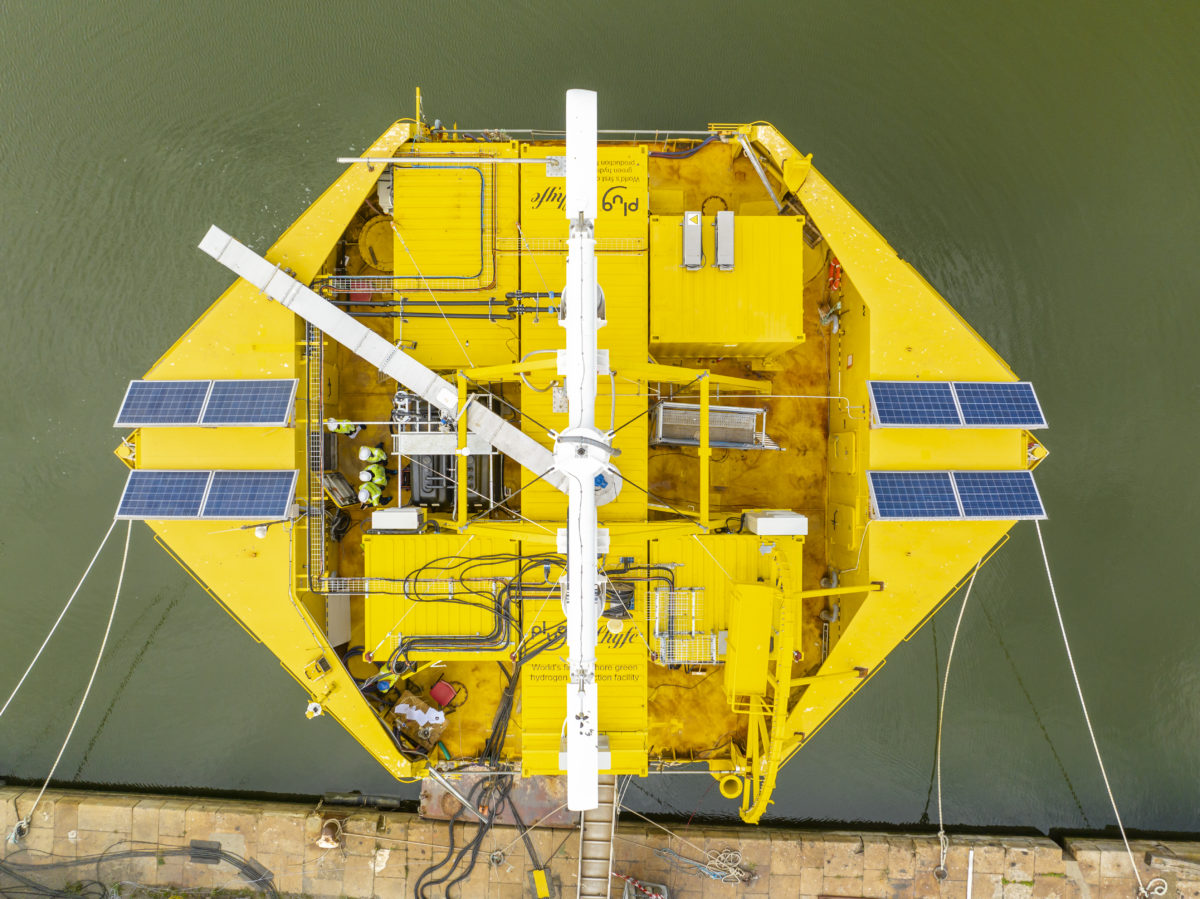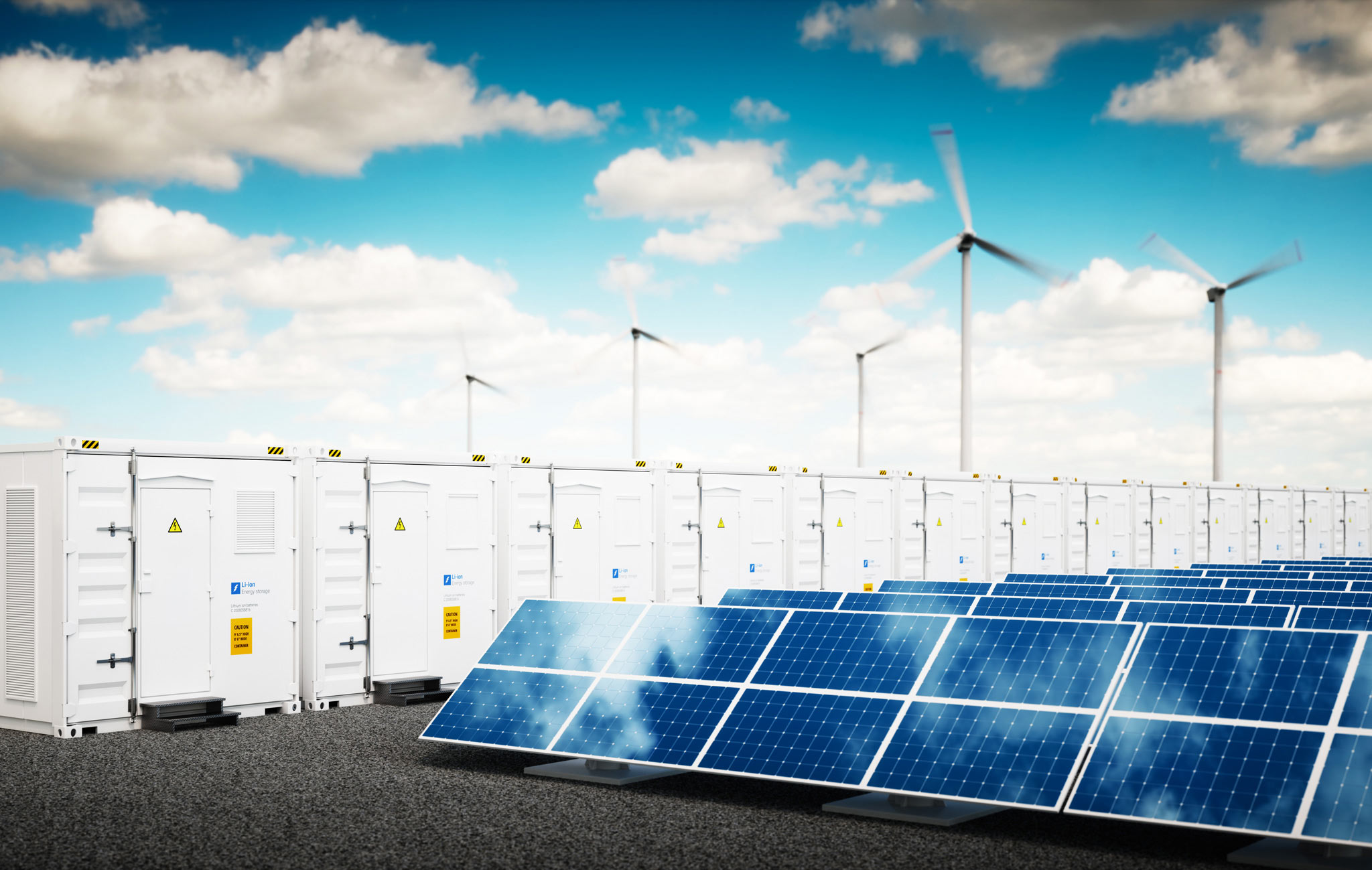
Innovating Sustainability: Exploring Green Hydrogen Generation Technology
Revolutionizing Energy Production
Green hydrogen generation technology represents a revolutionary approach to energy production, offering a sustainable alternative to traditional fossil fuels. Unlike conventional hydrogen production methods, which rely on fossil fuels and produce greenhouse gas emissions, green hydrogen is produced using renewable energy sources such as solar, wind, or hydroelectric power. By harnessing renewable energy to split water molecules into hydrogen and oxygen, green hydrogen generation technology enables clean and emissions-free hydrogen production, paving the way for a greener and more sustainable energy future.
The Power of Electrolysis
At the heart of green hydrogen generation technology lies electrolysis, a process that uses electricity to split water molecules into hydrogen and oxygen. Electrolyzers, the devices used to perform electrolysis, come in various forms, including alkaline electrolyzers, proton exchange membrane (PEM) electrolyzers, and solid oxide electrolyzers. These electrolyzers use renewable electricity from sources such as solar or wind power to drive the electrolysis process, producing green hydrogen without any carbon emissions.
Renewable Energy Integration
One of the key advantages of green hydrogen generation technology is its ability to integrate seamlessly with renewable energy sources. Solar and wind power, which are inherently intermittent, can produce excess energy during periods of low demand or high generation. By coupling renewable energy with green hydrogen production through electrolysis, this excess energy can be stored as hydrogen and later converted back into electricity or used as a fuel for various applications, including transportation, heating, and industrial processes.
Versatile Applications
Green hydrogen has a wide range of applications across various sectors, making it a versatile and flexible energy carrier. In the transportation sector, hydrogen fuel cell vehicles (FCVs) use hydrogen gas to produce electricity through electrochemical reactions, emitting only water vapor as a byproduct. In the industrial sector, green hydrogen can be used as a clean alternative to natural gas for processes such as ammonia production, steel manufacturing, and chemical synthesis. Additionally, green hydrogen can be injected into existing natural gas pipelines or used in fuel cells for stationary power generation, providing reliable and emissions-free energy.
Environmental Benefits
One of the primary drivers behind the adoption of green hydrogen generation technology is its environmental benefits. By using renewable energy sources to produce hydrogen, the process generates zero greenhouse gas emissions, helping to mitigate climate change and reduce air pollution. Additionally, green hydrogen production can help reduce dependency on fossil fuels and promote energy independence, leading to a more sustainable and resilient energy system.
Challenges and Opportunities
While green hydrogen generation technology holds great promise for a sustainable future, several challenges must be addressed to realize its full potential. These include the high cost of electrolyzers, the need for significant renewable energy capacity to produce green hydrogen at scale, and the development of infrastructure for hydrogen storage, distribution, and utilization. However, with ongoing advancements in technology, falling costs of renewable energy, and increasing investments in hydrogen infrastructure, the future looks promising for green hydrogen as a key enabler of the transition










